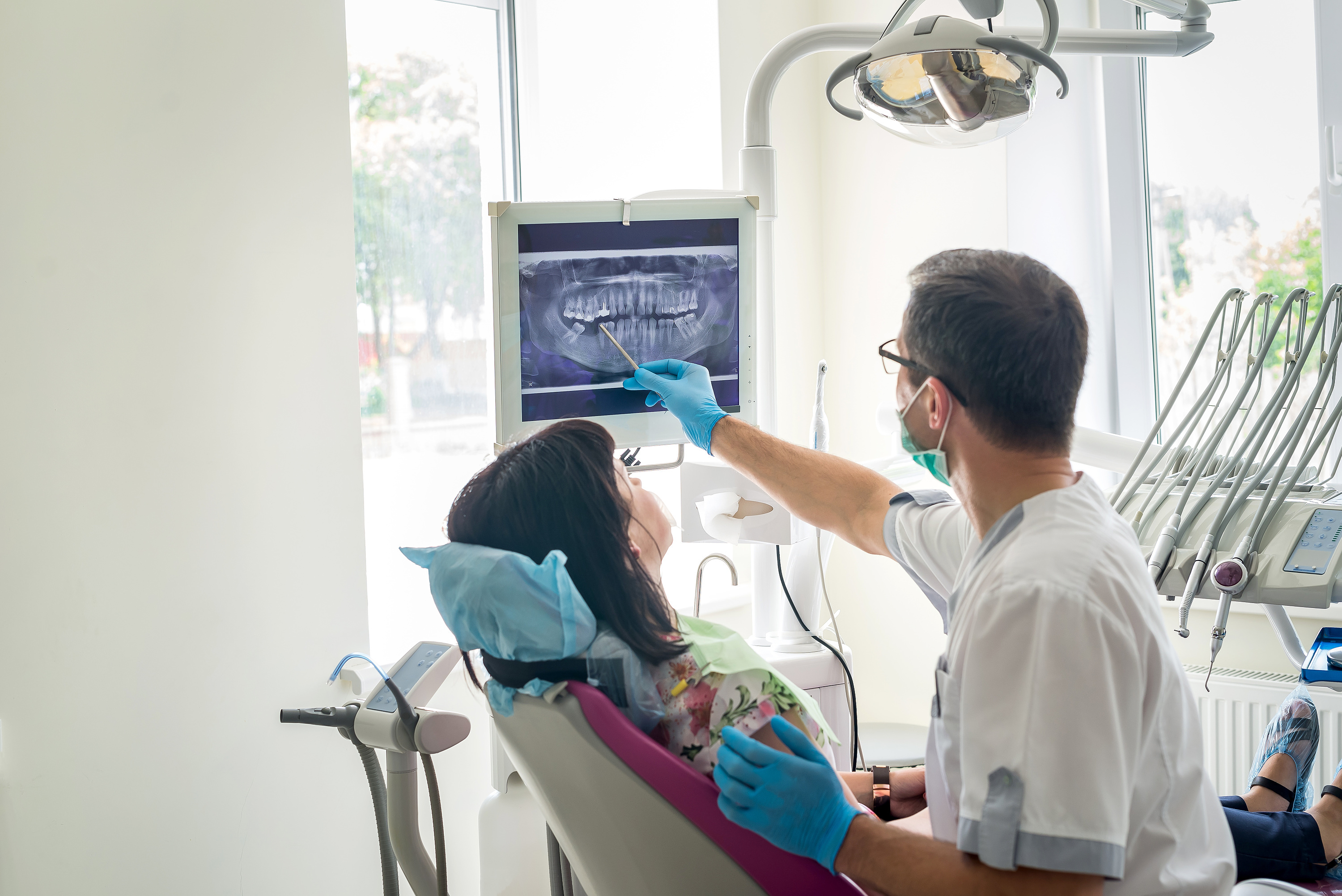is Directly at the window front of the large office space Armin. This robust, green-silver machine with the long, articulated arm that looks as if it came from a factory for the Assembly of cars. However, it is located in a multi-storey research building opposite the Inselspital Bern.
"This is our therapy robot," says Laura Marchal-Crespo and slips to the Demonstration with her Arm through the loops. A couple of years ago, Armin was developed at the ETHZürich, Robert Riener, and Tobias Nef, the Hand and arm movements of patients with paralysis to exercise after a stroke. Now the 39-year-old Professor at the competence centre of the University of Bern for Biomedical engineering Sciences (Artorg) works, the control of the rehabilitation robot and tailored to the individual needs.
Each year approximately 16'000 people suffer from in Switzerland a stroke. Those who survived such a stroke, often with persistent failure of the motor skills to fight. Worldwide, the disease is one of the most common causes of paralysis. Intensive Physio - and occupational therapy can often bring some flexibility back. However, such treatment is usually very time - and energy-consuming. Because patients need to be supported or guided in order to learn the Grip and Go again.
"The longer a Patient is inactive, the harder it is, that he regained his mobility back later," said Marchal-Crespo. It is also important to repeat the Exercises, so the brain structures can reorganize. Rehabilitation robots are meant not as a replacement for conventional therapies, but rather as a useful Supplement.
learn From mistakes
The Spaniard, Laura Marchal-Crespo conducted research at the ETH Zurich at the interface between man and machine by using robotic assistance and virtual reality. She was interested especially to help paralysed people after stroke. In front of the ETH Zurich, she studied and received his doctorate at the University of California, Irvine. In 2017, she received a professorship from the Swiss national science Foundation (SNSF) and has since been at the University of Bern. This October, held at the faculty of medicine her inaugural lecture.
When Training with Armin is strapped to the affected Arm of the patient to the exoskeleton of the mobile robot and following the robot, predetermined movements. In this way, virtually in front of the screen, shown in everyday situations, such as the Pouring of water into a glass always practiced.
"We will improve the ability of movement, and by amplifying the error," the engineer says. This sounds strange first. However, if a stroke does not want to engage the Patient, for example, according to some, but it makes precise, amplifies the rehabilitation robot this inaccuracy, by creating a slight resistance. In this way, you must make an effort of the Patient even more. The Marchal-Crespo developed a learning algorithm to decide autonomously which patients he complicates the task and what it facilitates you more.
During the Training, the robot decides, whether he is doing helps, or some resistance. Photo: Adrian Moser
in addition to Armin in the Bernese large office space but also a horizontal running machine. The fact Marchal-Crespo will be able to examine a patient even during the Exercise in a magnetic resonance tomograph. Lying down, he moved there, either actively or passively by using a kniehebe robot its legs. The researcher wants to find out which brain areas stimulated by such targeted Exercises and how after a stroke, the nerve cells linking this again. She is currently trying to simulate the feeling of walking as realistic as possible, so that the pressure on the soles is felt.
Originally, they come, so to speak, from the Suburbs of Barcelona, she says, laughing. You have had great luck, that you've then received a scholarship to the USA. Because her parents were both academics, and her father earned as a taxi driver money. Your mother had you and your two sisters support, but in any way always very, she adds. The a is now a mechanical engineer in Australia, the other a chemist in Barcelona.
Because Marchal-Crespo's man comes from the Catalan capital, he speaks with the three children at the age of three to seven Catalan, while she speaks with them in Spanish. The everyday life with family and career is a challenge, but also exciting and a privilege to find you. Her husband works as an engineer at ABB in Zurich. Since the family lives there and commutes four days a week to Bern. "If it is somehow possible, we will make the weekend all together Outdoor activities and go either Hiking or Cycling."
therapy with Virtual Reality
Marchal-Crespo is fascinated in your work, especially of the seemingly inexhaustible possibilities of the virtual world. So one of your PhD students brings out a VR-glasses. Who has you on, is located in a virtual space, where all of a sudden somewhere there is an Apple, then a pear or a Apple hanging in the air. With a Controller you have to control a Ball precisely to these fruits, and at the same time, the varieties of fruit to count.
"That sounds like it would be very easy," says the scientist. But for patients after a stroke, the combination of motor activity and a cognitive task is difficult. Because you need to focus on both strong and these skills only back to win.
Games
Marchal-use Crespo has a number of other Gadgets in your test lab. For example, a special Joystick with which you can create a small ball through various rough, smooth, soft, hilly or canyon-like surfaces to the respective Material on the Hand can feel the touching in the virtual world. "We try to activate as many senses as possible at once, to achieve the greatest training success," she says.
your goal is to motivate the patients so that you can train longer and more intense. Of course, this was exhausting and often frustrating, she says. When a child learn to walk up to it, get up again and try it constantly again. But the out come from the internal drive. Who had to practice after a stroke to Walk again, need a lot more strength and also stamina.
Currently, she is investigating whether it can increase with special Games, the Motivation of the patient. "I would also like to make boring workouts exciting," says the researcher.
Created: 09.11.2019, 21:04 Uhr

 His body naturally produces alcohol, he is acquitted after a drunk driving conviction
His body naturally produces alcohol, he is acquitted after a drunk driving conviction Who is David Pecker, the first key witness in Donald Trump's trial?
Who is David Pecker, the first key witness in Donald Trump's trial? What does the law on the expulsion of migrants to Rwanda adopted by the British Parliament contain?
What does the law on the expulsion of migrants to Rwanda adopted by the British Parliament contain? The shadow of Chinese espionage hangs over Westminster
The shadow of Chinese espionage hangs over Westminster What High Blood Pressure Does to Your Body (And Why It Should Be Treated)
What High Blood Pressure Does to Your Body (And Why It Should Be Treated) Vaccination in France has progressed in 2023, rejoices Public Health France
Vaccination in France has progressed in 2023, rejoices Public Health France Food additives suspected of promoting cardiovascular diseases
Food additives suspected of promoting cardiovascular diseases “Even morphine doesn’t work”: Léane, 17, victim of the adverse effects of an antibiotic
“Even morphine doesn’t work”: Léane, 17, victim of the adverse effects of an antibiotic Collection of booklet A stalls in March
Collection of booklet A stalls in March Kering expects a 40 to 45% drop in operating profit in the first half
Kering expects a 40 to 45% drop in operating profit in the first half Smartphones, televisions, household appliances… MEPs adopt a “right to repair”
Smartphones, televisions, household appliances… MEPs adopt a “right to repair”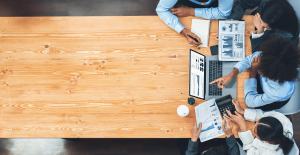 Fintechs increasingly focused on business services
Fintechs increasingly focused on business services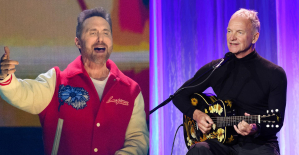 The standoff between the organizers of Vieilles Charrues and the elected officials of Carhaix threatens the festival
The standoff between the organizers of Vieilles Charrues and the elected officials of Carhaix threatens the festival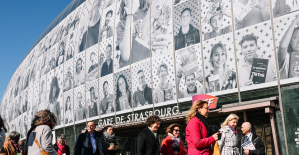 Strasbourg inaugurates a year of celebrations and debates as World Book Capital
Strasbourg inaugurates a year of celebrations and debates as World Book Capital Kendji Girac is “out of the woods” after his gunshot wound to the chest
Kendji Girac is “out of the woods” after his gunshot wound to the chest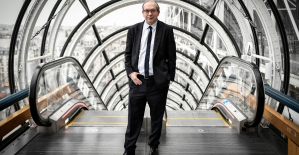 The Court of Auditors scrutinizes the management and projects of the Center Pompidou
The Court of Auditors scrutinizes the management and projects of the Center Pompidou Skoda Kodiaq 2024: a 'beast' plug-in hybrid SUV
Skoda Kodiaq 2024: a 'beast' plug-in hybrid SUV Tesla launches a new Model Y with 600 km of autonomy at a "more accessible price"
Tesla launches a new Model Y with 600 km of autonomy at a "more accessible price" The 10 best-selling cars in March 2024 in Spain: sales fall due to Easter
The 10 best-selling cars in March 2024 in Spain: sales fall due to Easter A private jet company buys more than 100 flying cars
A private jet company buys more than 100 flying cars This is how housing prices have changed in Spain in the last decade
This is how housing prices have changed in Spain in the last decade The home mortgage firm drops 10% in January and interest soars to 3.46%
The home mortgage firm drops 10% in January and interest soars to 3.46% The jewel of the Rocío de Nagüeles urbanization: a dream villa in Marbella
The jewel of the Rocío de Nagüeles urbanization: a dream villa in Marbella Rental prices grow by 7.3% in February: where does it go up and where does it go down?
Rental prices grow by 7.3% in February: where does it go up and where does it go down? Europeans: “All those who claim that we don’t need Europe are liars”, criticizes Bayrou
Europeans: “All those who claim that we don’t need Europe are liars”, criticizes Bayrou With the promise of a “real burst of authority”, Gabriel Attal provokes the ire of the opposition
With the promise of a “real burst of authority”, Gabriel Attal provokes the ire of the opposition Europeans: the schedule of debates to follow between now and June 9
Europeans: the schedule of debates to follow between now and June 9 Europeans: “In France, there is a left and there is a right,” assures Bellamy
Europeans: “In France, there is a left and there is a right,” assures Bellamy These French cities that will boycott the World Cup in Qatar
These French cities that will boycott the World Cup in Qatar Football: VAFC supporters are ironic after their descent into National
Football: VAFC supporters are ironic after their descent into National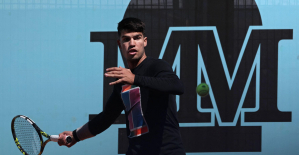 Tennis: Carlos Alcaraz should play in Madrid
Tennis: Carlos Alcaraz should play in Madrid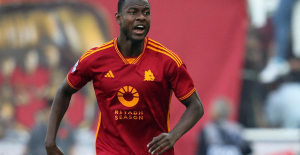 Football: victim of discomfort in the middle of a match in mid-April, Evan Ndicka will resume training with AS Roma
Football: victim of discomfort in the middle of a match in mid-April, Evan Ndicka will resume training with AS Roma Ligue 1: PSG almost champion, OM, shock for the C1… 5 reasons to follow an exciting evening
Ligue 1: PSG almost champion, OM, shock for the C1… 5 reasons to follow an exciting evening




